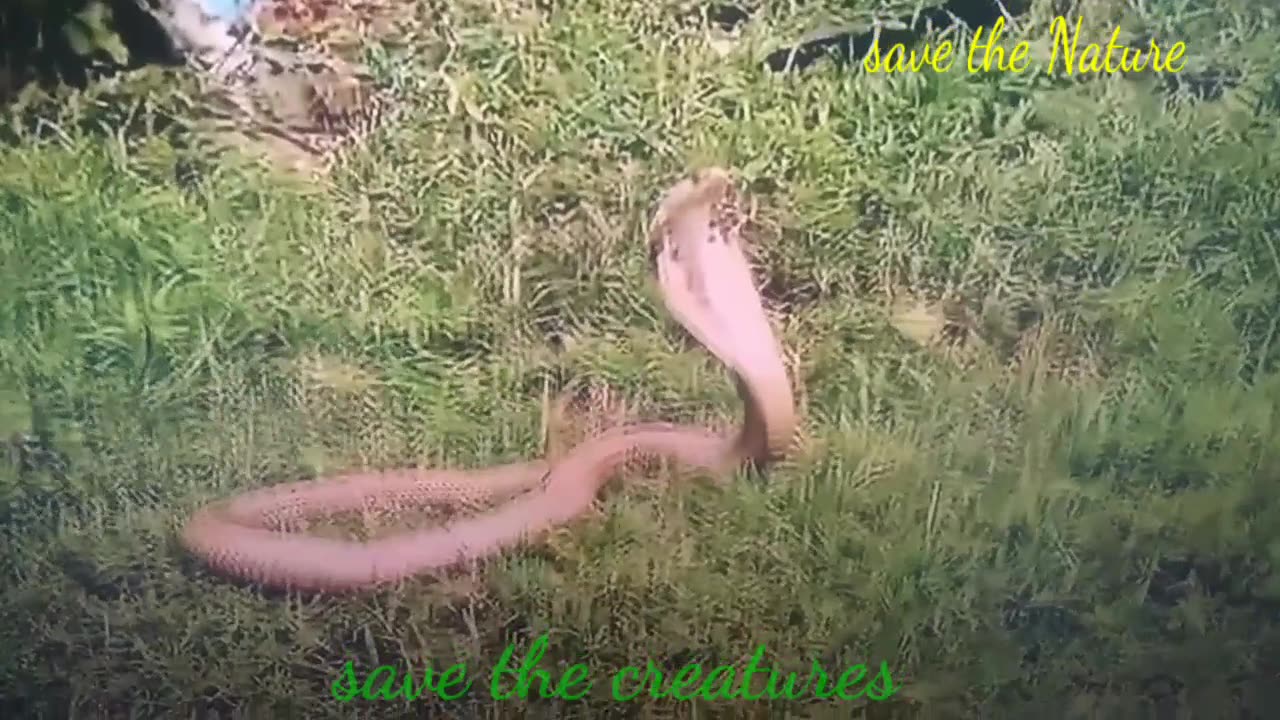Premium Only Content

save snacks save nature
The term "wild lifestyle in forests" typically refers to the way animals and other organisms live and interact in their natural forest habitats, free from human intervention or domestication. Forests are complex ecosystems that provide a wide range of resources and support a diverse array of life forms. Here are some aspects of the wild lifestyle in forests:
1. Biodiversity: Forests are incredibly diverse environments, housing an extensive variety of plant and animal species. These ecosystems are home to countless species of trees, shrubs, insects, birds, mammals, amphibians, and reptiles, all interconnected in intricate ecological relationships.
2. Habitat diversity: Forests offer a wide range of habitats, including canopy layers, understory, forest floor, and various microhabitats. Each habitat supports different species with specific adaptations to their environment.
3. Foraging and hunting: Wild animals in forests rely on their natural instincts and adaptations to find food and water. Predators hunt for prey, herbivores graze on vegetation, and scavengers consume decaying organic matter.
4. Reproduction and parenting: Forest-dwelling animals have their unique strategies for reproduction and parenting. Some species build nests or dens to protect their young, while others give birth in hidden locations.
5. Territorial behavior: Many animals in forests exhibit territorial behavior to establish and defend their living spaces and resources, such as food, mates, and shelter.
6. Migration and seasonal patterns: Some forest-dwelling species undertake long-distance migrations to find better resources or escape harsh conditions. Many organisms also follow seasonal patterns in activities like breeding and hibernation.
7. Interactions and symbiosis: Forests are ecosystems where different species interact with each other in complex ways, forming symbiotic relationships like mutualism, commensalism, and parasitism.
8. Survival skills: Wild animals in forests must develop various survival skills, including camouflage, evasion, communication, and adaptation to changing environmental conditions.
It's important to note that the wild lifestyle in forests is constantly influenced by factors such as climate, availability of resources, and interactions with other species. Additionally, human activities like deforestation, habitat destruction, and pollution can significantly impact the delicate balance of life in these ecosystems. Preserving and protecting forests and their inhabitants is vital for maintaining the richness of the wild lifestyle in these natural habitats.
-
 LIVE
LIVE
Glenn Greenwald
2 hours agoLee Fang Reacts to Trump's Speech to Congress; Will DOGE Tackle Military Waste? | SYSTEM UPDATE #418
1,201 watching -
 43:23
43:23
Donald Trump Jr.
2 hours agoNo Clap: Dems are a Disgrace but My Father is Bringing Back Common Sense | Triggered Ep.222
40.3K30 -
 LIVE
LIVE
Akademiks
2 hours agoDay 1/30. Drake Drops lawsuit vs iHeartMedia? Offset and Cardi Calls it Quits. 50 v Jim Jones?
3,341 watching -
 LIVE
LIVE
Dr Disrespect
8 hours ago🔴LIVE - DR DISRESPECT - WARZONE - 150 PLAYER LOBBIES
3,340 watching -
 1:27:35
1:27:35
Redacted News
3 hours ago"This is NOT normal" Trump just destroyed the woke mob as Dems in disarray | Redacted News Live
95.3K146 -
 1:39:52
1:39:52
Vigilant News Network
4 hours agoUNHINGED: Dems Say That Elon Needs to ‘Go Back to AFRICA?’ | The Daily Dose
58.7K12 -
 1:13:13
1:13:13
Sean Unpaved
4 hours ago $4.39 earnedQB Carousel
45.6K2 -
 1:04:28
1:04:28
Crypto Power Hour
22 hours ago $4.44 earnedThe Crypto Power Hour - ‘In Crypto We Trust’
51.9K4 -
 28:55
28:55
CatfishedOnline
3 hours agoWoman Love Bombed by Salt-and-Pepper Scammer
20.4K2 -
 14:51
14:51
Misha Petrov
3 hours agoDemocrats HUMILIATED at Trump’s Congressional Address! Breaking Down the MUST-SEE Moments
21.7K14